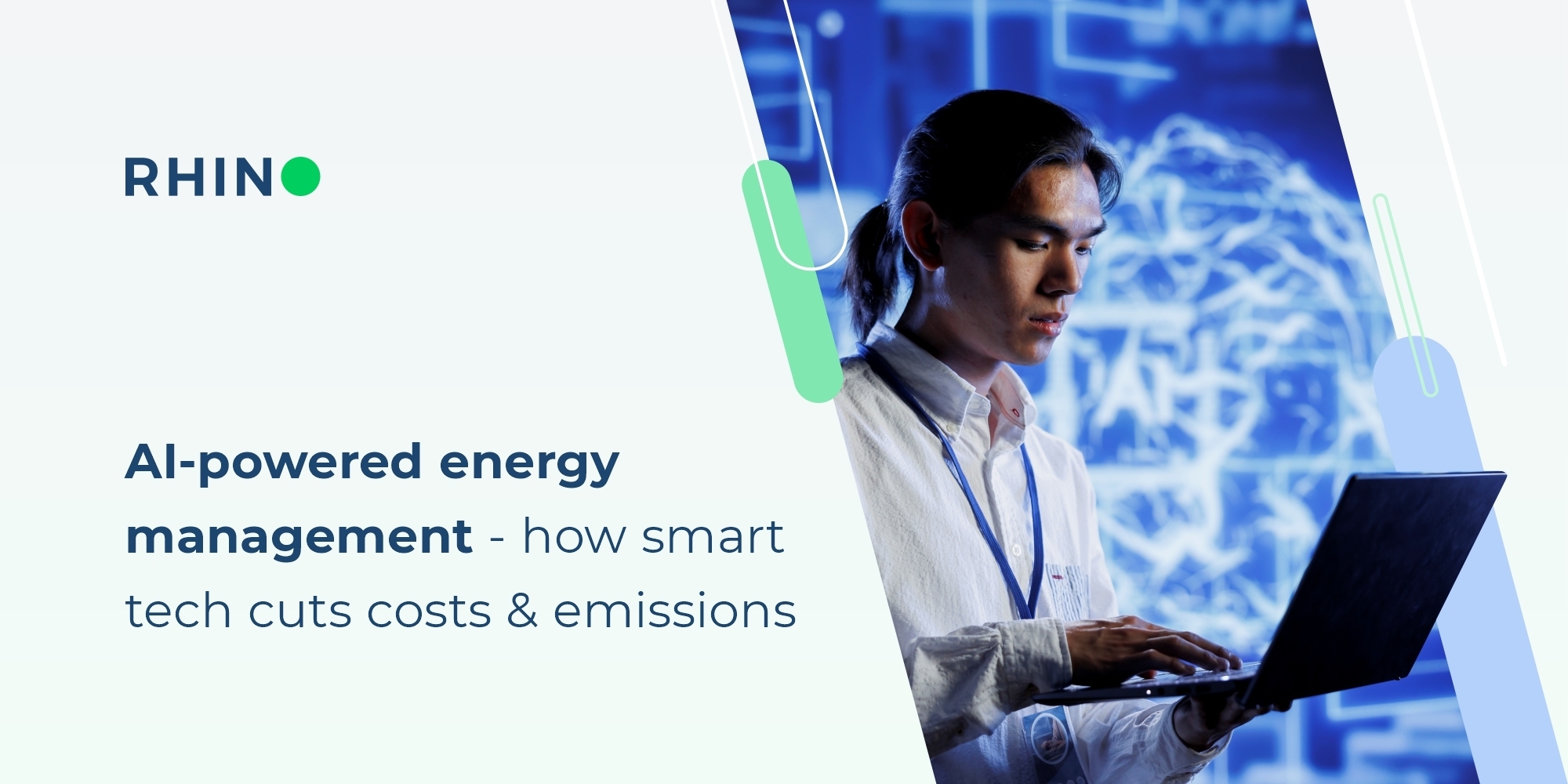Introduction: Why Data is the New Driver of DC Performance
Distribution centers are the heartbeat of modern logistics, and their efficiency directly affects the entire supply chain. As energy prices rise and pressure mounts for more sustainable operations, managers are turning to utility data and real-time analytics to unlock performance gains. By embedding data-driven practices into daily operations, logistics facilities can achieve higher throughput, improved uptime, and significant cost reductions.
The Power of Real-Time Utility Monitoring
Real-time monitoring of electricity, gas, and water enables:
-
Detection of anomalies, such as equipment running outside of hours or leaks
-
Identification of peak demand periods and unnecessary standby consumption
-
Insight into operational patterns that waste energy or create risk
This data isn't just for compliance or sustainability reporting—it's a tool for optimizing operational flow.
Preventive Maintenance Through Energy Signals
Utility consumption patterns often reveal early signs of failing equipment or poor performance. When linked to alerts or AI-driven analysis, energy data becomes a proactive maintenance tool. Key benefits include:
-
Reduced downtime through early fault detection
-
Fewer emergency repairs and associated labor costs
-
Better planning for asset replacements
Read how GLP achieved these results in practice in our case study.
Benchmarking and Process Optimization
By comparing utility performance across sites or periods, logistics operators can:
-
Identify best-performing shifts or teams
-
Standardize efficient operating procedures
-
Justify equipment upgrades or automation investments
This approach enables continuous improvement without disrupting operations.
Integrated Insights for Smarter Decisions
When utility data is integrated with BMS, ERP, or tenant platforms, it adds strategic value by:
-
Informing capacity planning and shift scheduling
-
Supporting tenant billing accuracy and transparency
-
Enabling ESG compliance with minimal manual effort
Explore how Rhino's remote utility monitoring delivers these integrated insights.





